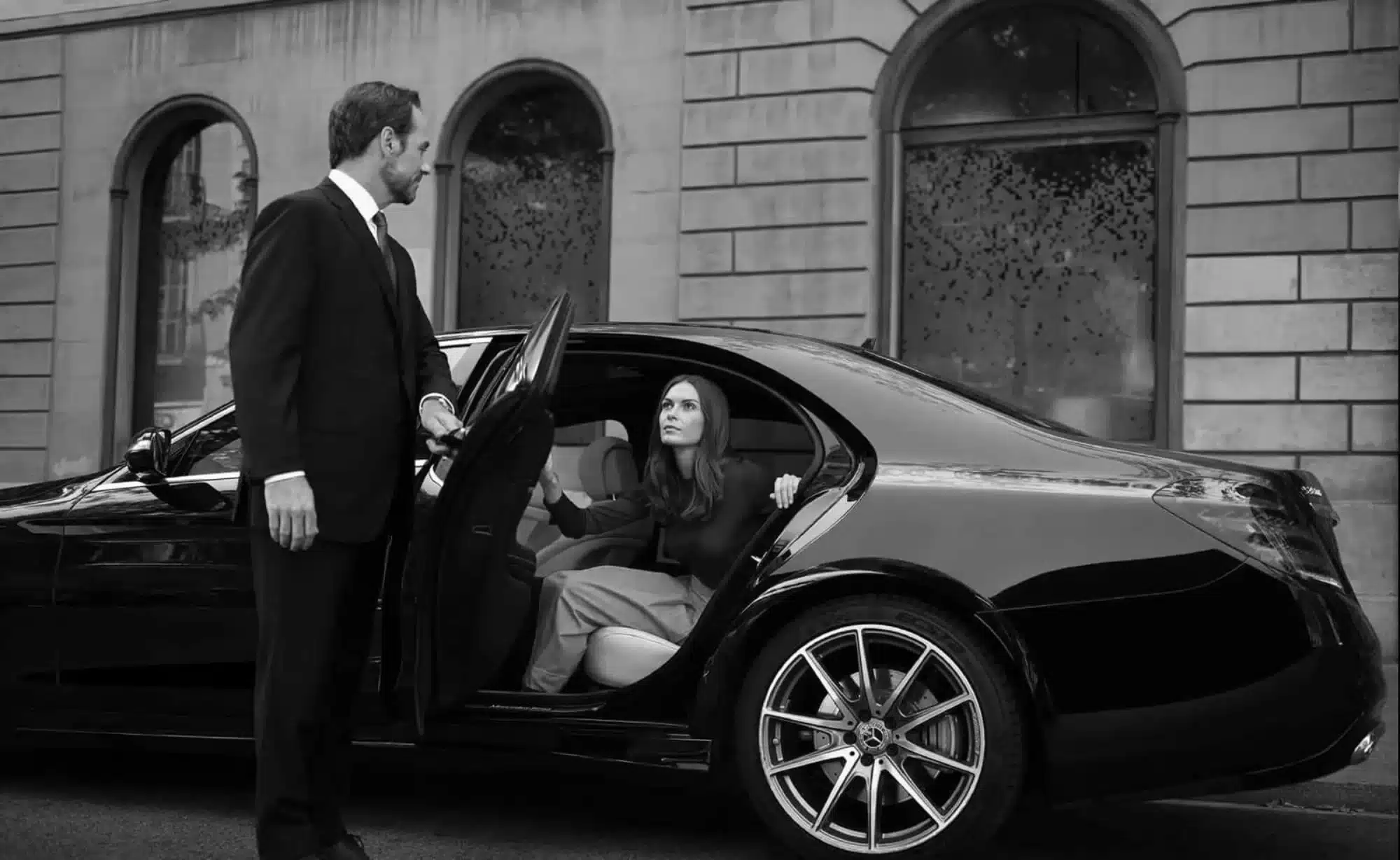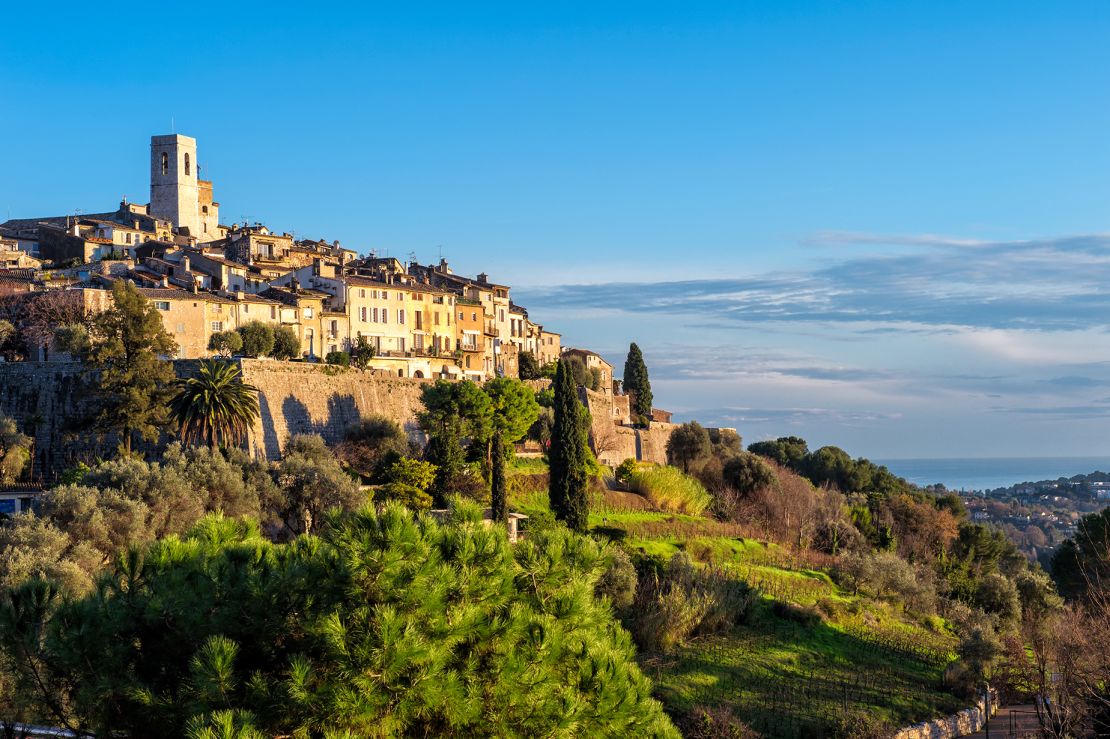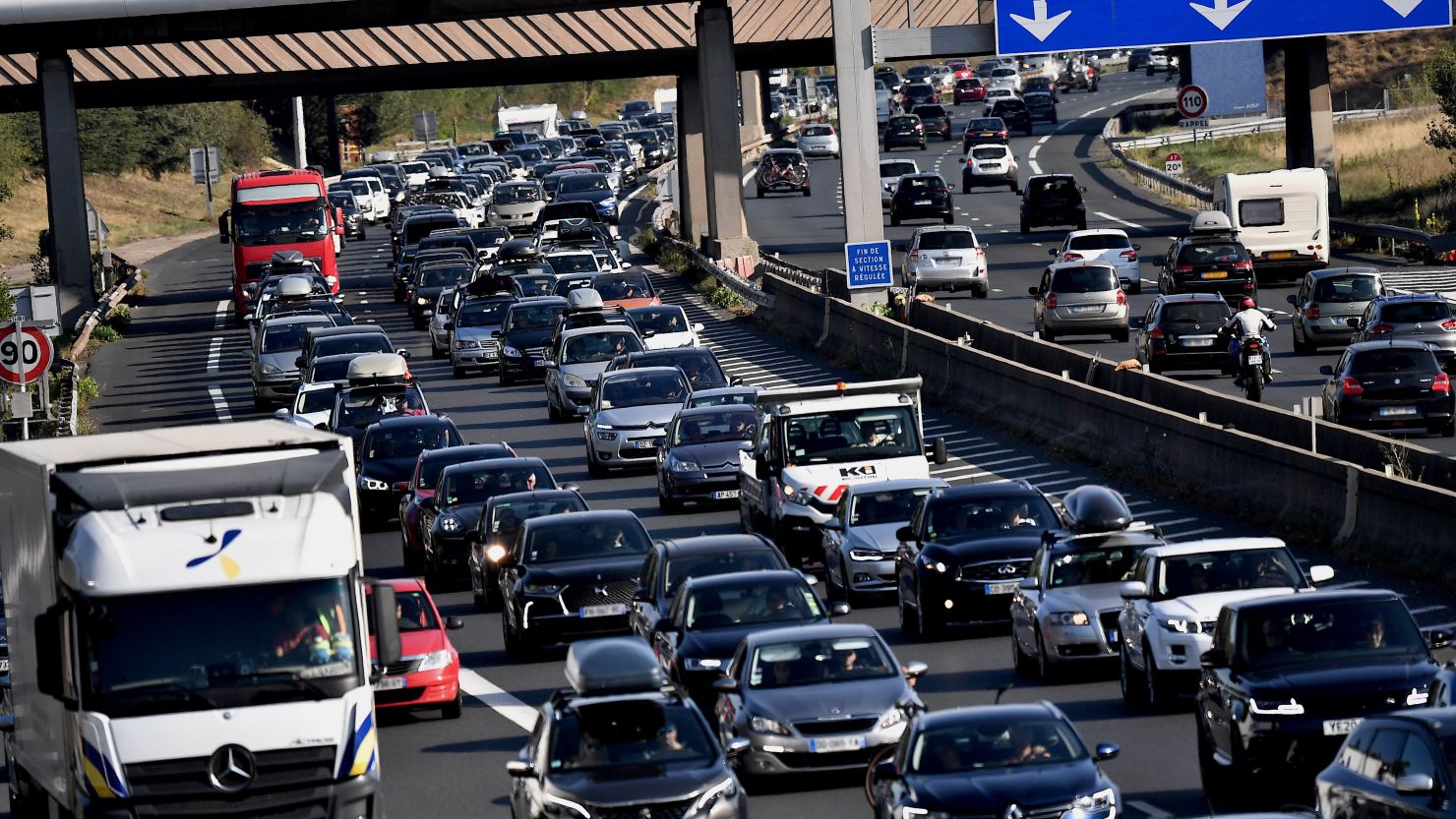Navigating Côte d’Azur Traffic: VTC Tips for Stress-Free Travel
Introduction to the Côte d’Azur: A Paradise with Traffic Challenges
The Côte d’Azur, also known as the French Riviera, is a stunning stretch of Mediterranean coastline in southeastern France, renowned for its azure waters, glamorous resorts, and picturesque villages. Spanning from the Italian border in the east to Saint-Tropez in the west, this region includes iconic destinations like Nice, Monaco, Cannes, and Antibes. With its mild climate, luxurious lifestyle, and cultural heritage, it’s no wonder that the Côte d’Azur attracts over 10 million visitors annually, making it one of Europe’s top tourist hotspots.
However, this popularity comes with a price: notorious traffic congestion. The narrow coastal roads, combined with an influx of tourists, especially during peak seasons, can turn what should be a relaxing drive into a frustrating ordeal. Roads like the A8 autoroute and the scenic corniches often experience heavy traffic, with jams that can extend travel times significantly. For instance, the drive from Nice to Monaco, which is only about 20 kilometers, can take over an hour during rush hours or high season.
In this comprehensive guide, we’ll explore how to navigate the Côte d’Azur’s traffic using VTC services—Voiture de Transport avec Chauffeur, the French equivalent of private chauffeur-driven vehicles similar to Uber Black or luxury taxi services. VTC offers a stress-free alternative to self-driving or public transport, allowing you to enjoy the scenery without worrying about navigation, parking, or road rage. We’ll delve into traffic patterns, benefits of VTC, practical tips, best routes, and more, ensuring your trip is as smooth as the Mediterranean Sea.
This article is designed for tourists, business travelers, and locals alike, providing in-depth insights based on current conditions as of 2025. Whether you’re attending the Cannes Film Festival, exploring Monaco’s casinos, or simply soaking up the sun in Nice, mastering VTC usage can transform your experience.
Understanding Traffic Conditions in the Côte d’Azur
The Côte d’Azur’s traffic is influenced by its geography: a narrow strip of land between the Alps and the sea, with limited road infrastructure. The main highway, the A8 (also called La Provençale), runs parallel to the coast but often becomes bottlenecked at key points like toll booths and urban areas. Coastal roads, while scenic, are winding and prone to slowdowns from tourists stopping for photos or accidents.
Real-time traffic monitoring is essential. Services like ViaMichelin provide live updates on jams, accidents, and roadworks in the Provence-Alpes-Côte d’Azur region. For example, in Nice alone, there are frequently multiple incidents reported daily, from minor slowdowns to major closures.
Key trouble spots include:
- Nice Promenade des Anglais: Heavy pedestrian and vehicle traffic, especially near the airport.
- Monaco Borders: Customs checks and event-related closures during the Grand Prix or yacht shows.
- Cannes Boulevard de la Croisette: Congested during festivals, with limited parking.
- The Corniches: Three levels of roads between Nice and Menton—Basse, Moyenne, and Grande—each offering views but varying in traffic density.
Driving in Marseille, the western gateway to the Riviera, is particularly challenging, ranked as one of France’s most congested cities. Weekends see fewer trucks but more leisure traffic, while rush hours (7:30-9:00 AM and 4:30-7:00 PM) are universal nightmares.
To illustrate, a recent YouTube guide on driving in the South of France highlights avoiding peak times and using apps for real-time navigation. But why battle the wheel when VTC can handle it?
Seasonal Traffic Patterns: When to Expect the Worst
The Côte d’Azur’s traffic ebbs and flows with the seasons. Peak season runs from June to August, coinciding with European school holidays and international tourism. During this period, visitor numbers spike, leading to 50% more traffic on major routes like the Autoroute du Soleil. July and August see passenger traffic at Nice Côte d’Azur Airport increase by 3.7%, with over 3.46 million travelers, straining ground transport.
Specific high-traffic periods include:
- Black Saturday: The first Saturday in August, when French vacationers head south, causing massive jams at toll booths.
- Cannes Film Festival (May): Roads around Cannes become gridlocked with celebrities and media.
- Monaco Grand Prix (May): Expect closures and diversions in Monaco and surrounding areas.
- Summer Weekends: Beaches and coastal roads fill up, with traffic not moving during events like football matches or concerts.
Off-peak months like April, May, September, and October offer milder weather and lighter traffic, ideal for stress-free exploration. Winter sees the least congestion, though some roads may close due to snow in the hinterlands. June can be heavy, especially between Nice and Monaco.
Airport data shows international traffic driving growth, with a 3.7% rise in summer passengers. Planning around these patterns is key; VTC services can provide flexible scheduling to avoid peaks.
The Challenges of Driving Yourself in the French Riviera
While renting a car offers freedom, it comes with hurdles. Roads are narrow and winding, particularly along the coast, requiring confident driving skills. Speed limits are strict: 50 km/h in urban areas, with hefty fines for violations.
Parking is another nightmare—scarce and expensive in cities like Nice and Cannes. Traffic jams can turn a 30-minute drive into hours, especially in high season. Additionally, unfamiliarity with French road signs, toll systems, and aggressive local drivers can heighten stress.
Public transport, while available (trains and buses), may not reach remote villages or operate late at night. Taxis are an option but often unreliable during peaks, with long waits.
Why Choose VTC? Benefits Over Taxis and Self-Driving
VTC services provide a premium alternative, with professional drivers, luxury vehicles, and fixed pricing. Unlike taxis, VTCs offer advance booking, ensuring availability. Benefits include:
- Comfort and Luxury: High-end cars like Mercedes S-Class with Wi-Fi, water, and amenities.
- Stress-Free Navigation: Drivers know shortcuts, avoiding jams and handling parking.
- Fixed Pricing: No surprises, unlike metered taxis.
- Flexibility: 24/7 service for airport transfers, events, or tours.
- Safety and Professionalism: Licensed drivers with local knowledge.
Compared to driving, VTC eliminates fatigue, allowing you to work or relax en route. For business trips, it’s ideal—no stress from traffic, just productivity. In the Riviera, services like Azur VTC and Nice VTC specialize in transfers, offering English-speaking drivers.
Selecting the Best VTC Service in the Côte d’Azur
With numerous providers, choose based on reputation, fleet, and reviews. Top options include:
| Service | Specialties | Rating (Tripadvisor) |
|---|---|---|
| Nice VTC | Airport transfers, professional trips | Excellent |
| VtcRiviera | Tours, reliable drivers | Highly recommended |
| Azur VTC | Chauffeur-driven transfers across Riviera | Experienced |
| HSE Platform | From Saint-Tropez to Monaco | Professional |
| Private Driver VTC Nice | Shuttles, all-distance trips | Versatile |
Look for amenities like Wi-Fi, child seats, and multilingual drivers. Apps like Uber operate but VTCs offer more luxury. Book in advance for peaks.
Practical VTC Tips for Stress-Free Travel
To maximize VTC benefits:
- Book Early: Especially for airport pickups from Nice Côte d’Azur.
- Communicate Needs: Specify luggage, stops, or preferences.
- Use Apps: Many VTCs have booking apps for real-time tracking.
- Tip Generously: Though not mandatory, it’s appreciated for excellent service.
- Combine with Tours: Hire for full-day excursions to avoid multiple bookings.
- Check Reviews: Platforms like Tripadvisor highlight top drivers.
- Sustainable Options: Some offer electric vehicles for eco-friendly travel.
For events like weddings or conferences, VTCs provide tailored packages.
Best Routes and Itineraries Using VTC
Leverage VTC for these popular routes:
Nice to Cannes
The easiest is by train (25-40 mins), but VTC offers door-to-door (30 mins off-peak). Avoid coastal road in summer; use A8 for speed.
Nice to Monaco
Three corniche options: Basse for sea views, Moyenne for villages, Grande for panoramas. VTC drivers choose based on traffic. Time: 30-60 mins.
Cannes to Saint-Tropez
Scenic coastal drive (1-2 hours), but jammed in July. VTC handles it smoothly.
Full Riviera road trip: Nice-Eze-Monaco-Antibes-Cannes. VTC makes multi-stop easy.
City-Specific Advice: Nice, Monaco, Cannes
Nice
Airport transfers via VTC are popular, avoiding bus crowds. Explore Old Town without parking woes.
Monaco
VTC navigates tight streets and borders effortlessly. Ideal for casino nights.
Cannes
During festivals, book VTC for red-carpet arrivals. Beach hops without stress.
Additional Tips for a Seamless Journey
Combine VTC with trains for longer distances. Use apps like Google Maps for estimates. Stay hydrated and enjoy stops—VTC allows flexibility.
For families, request boosters. Business travelers: Use time for calls.
Conclusion: Embrace VTC for the Ultimate Côte d’Azur Experience
Navigating the Côte d’Azur’s traffic doesn’t have to be stressful. By opting for VTC, you gain comfort, efficiency, and peace of mind, turning potential hassles into enjoyable moments. Whether cruising the corniches or hopping between glamour spots, VTC ensures your focus remains on the beauty of the French Riviera.
Plan ahead, choose reputable services, and let the professionals handle the drive. Bon voyage!





